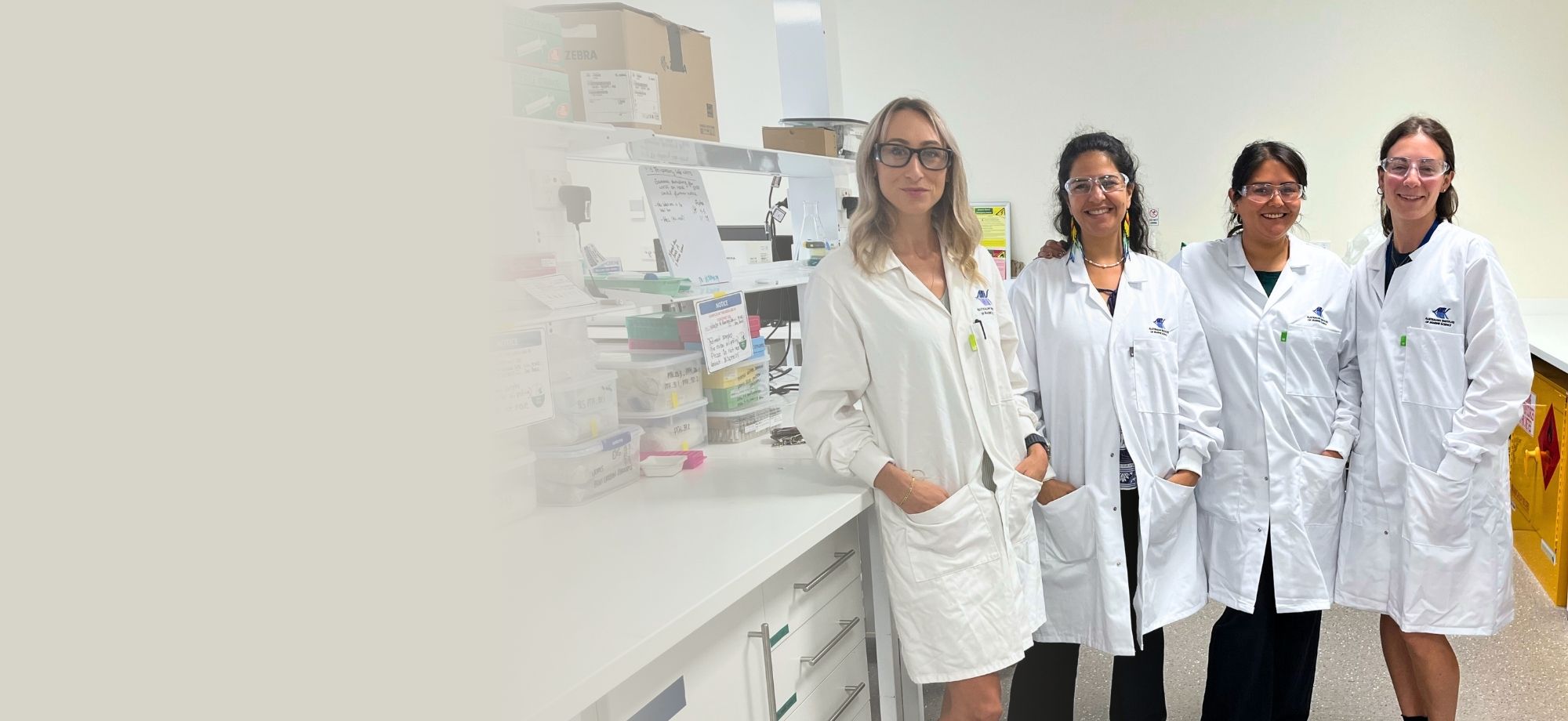In the first study of its kind, James Cook University scientists have found ‘cleaner fish’ that feed off parasites on bigger fish may also be spreading parasites between fish.
Adjunct Associate Professor Kate Hutson is a parasitologist at JCU. She said the negative impacts of fish interactions, such as the transmission of pathogens and parasites during cleaning interactions, have rarely been studied.
“We investigated whether the bluestreak cleaner wrasse found on many coral reefs around the world is susceptible to and can transmit parasites that live on the outside of the body (ectoparasites) between client fish,” said Dr Hutson.
She said cleaner wrasses are used to remove sea lice in salmon fish farms in Europe but have been found to acquire parasites and other pathogens from the salmon they were intended to clean, raising the possibility that cleaners could potentially act as a reservoir and vector of parasites for salmon.
But she said disease transmission by cleaners in the wild had been poorly studied.
“We found that parasites lived on the cleaner fish for an average of two days. Over this timespan, a wild cleaner may engage in several thousand cleaning interactions, providing numerous opportunities for mobile parasites to exploit cleaners as vectors,” said Dr Hutson.
She said this potentially makes the cleaner wrasse a previously unsuspected parasite ‘super-spreader’.
Dr Hutson said the manner in which the cleaner fish go about their task also offers many chances to spread parasites, with bluestreak wrasse often inserting their whole body inside the client’s gill chamber and about half of the time touching the client’s body with their pectoral and pelvic fins.
“Our study provides the first experimental evidence that the bluestreak wrasse exhibits resistance to infective stages of some parasites yet has the potential to temporarily transport adult parasites.
“We think some parasites that evade being eaten by cleaner fish could exploit cleaning interactions as a mechanism for transmission and spread,” said Dr Hutson.








